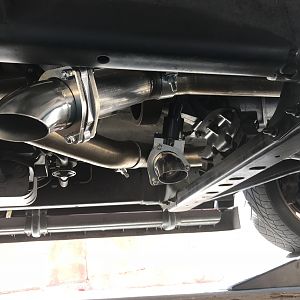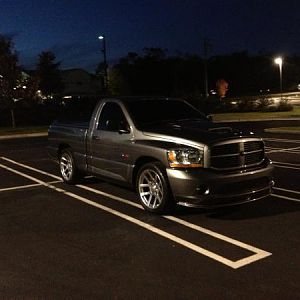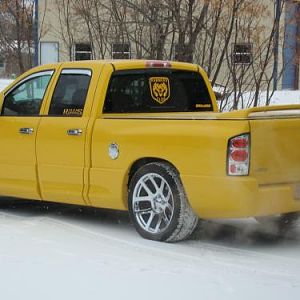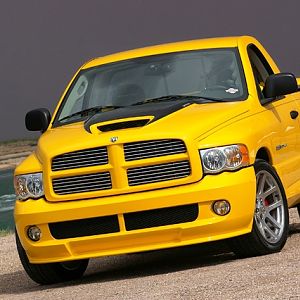I understand what a catch can does. I think I understand that it is installed off of the the valve cover hose connectors. Is that correct?
What is the PCv valve? Where is it? Does that tie in to the catch can? Should an oil separator (http://www.jegs.com/i/JEGS+Performance+Products/555/52205/10002/-1) be installed on that line?
Thanks for the education.
What is the PCv valve? Where is it? Does that tie in to the catch can? Should an oil separator (http://www.jegs.com/i/JEGS+Performance+Products/555/52205/10002/-1) be installed on that line?
Thanks for the education.





